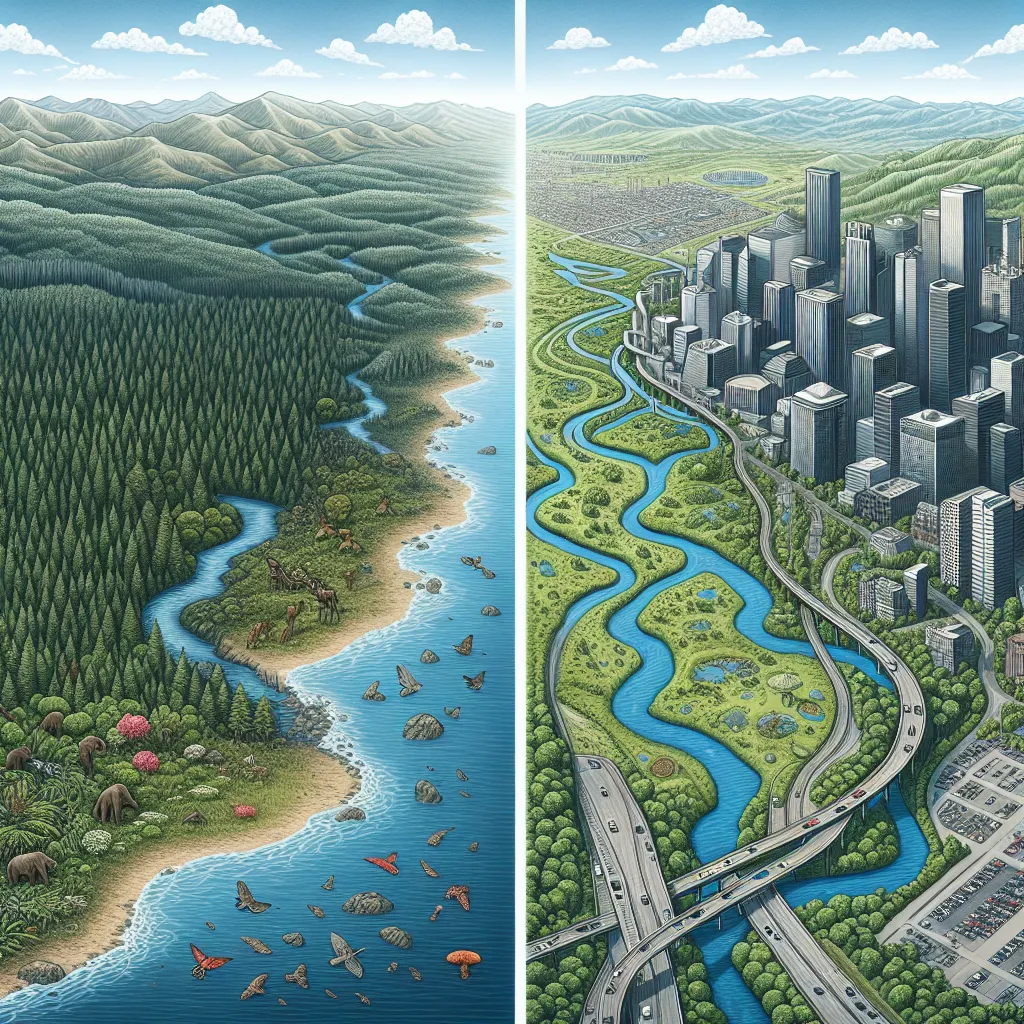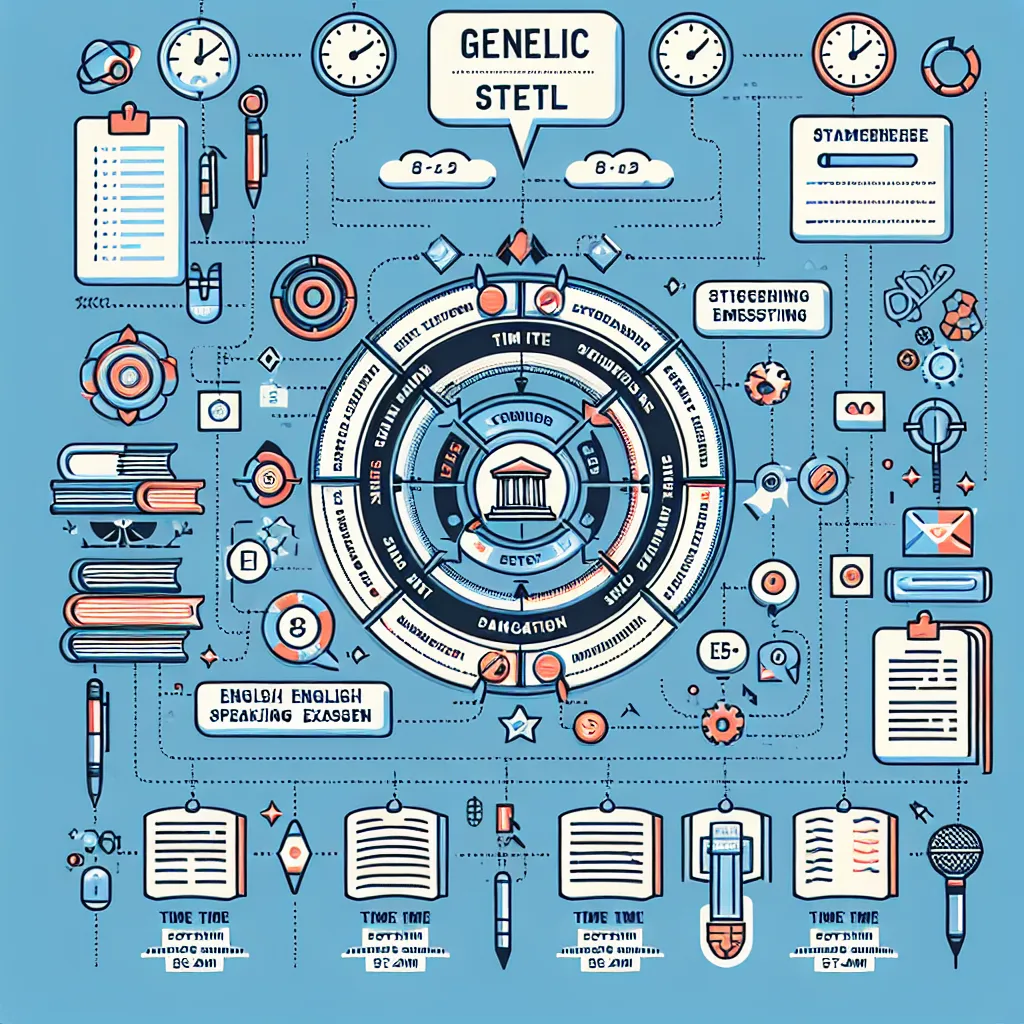Are you preparing for the Cambridge IELTS or Cambridge English exams? If so, you might be wondering how to tackle the map questions in Writing Task 1. This comprehensive guide will walk you through the process of answering map questions effectively, helping you boost your score and confidence in the exam.
Understanding Map Questions in Cambridge Writing Task 1
Map questions are a common type of task in Cambridge Writing Task 1. They typically present two maps of the same area, showing changes over time or proposed future developments. Your task is to compare and contrast the information presented in these maps, highlighting the main features and significant changes.
 Cambridge Writing Task 1 Map Example
Cambridge Writing Task 1 Map Example
Why Map Questions are Important
Map questions assess your ability to:
- Interpret visual information
- Identify key features and changes
- Organize information logically
- Describe spatial relationships
- Use appropriate language for comparisons
Mastering these skills is crucial for achieving a high score in the Cambridge Writing Task 1.
Steps to Answer Map Questions Effectively
1. Analyze the Maps Carefully
Before you start writing, spend a few minutes examining the maps closely. Look for:
- The time periods represented
- Major features (e.g., buildings, roads, natural landmarks)
- Changes between the two maps
- Any symbols or legends provided
2. Plan Your Response
Organize your ideas before writing. A good structure for map questions usually includes:
- Introduction: Briefly describe what the maps show
- Overview: Summarize the main changes or differences
- Body Paragraph 1: Discuss the first set of major changes
- Body Paragraph 2: Discuss the second set of major changes
3. Write a Clear Introduction
Your introduction should:
- Paraphrase the question
- State what the maps represent
- Mention the time periods shown
Example: “The two maps illustrate the layout of Grange Park in 1920 and 2020, showing how the area has changed over a century.”
4. Provide an Overview
Summarize the most significant changes or differences between the maps. This gives the examiner a clear idea of your overall understanding.
Example: “Overall, the park has undergone substantial development, with the addition of several new facilities and a reorganization of the existing natural features.”
5. Describe Specific Changes in Detail
In your body paragraphs, focus on describing the specific changes you observe. Use precise language and appropriate linking words to connect your ideas.
Example: “The most notable change is the addition of a large amphitheater in the northwest corner of the park, replacing what was previously an area of trees.”
6. Use Appropriate Language
When describing maps, use:
- Prepositions of place (e.g., north of, adjacent to, in the center)
- Comparative and superlative forms (e.g., larger, more numerous, the biggest change)
- Passive voice where appropriate (e.g., “The lake has been reduced in size”)
7. Quantify Changes When Possible
If you can estimate sizes or numbers, do so, but be careful not to speculate beyond what the maps show.
Example: “The number of trees in the eastern section has roughly doubled, while the central pathway has been widened to approximately twice its original size.”
Common Pitfalls to Avoid
- Don’t describe the maps separately. Always compare and contrast.
- Avoid personal opinions or speculations about reasons for changes.
- Don’t neglect significant changes or focus too much on minor details.
- Ensure you cover all parts of the map, not just one area.
Practice and Improvement Strategies
To excel in map questions:
- Practice with a variety of map types from official Cambridge resources.
- Time yourself to ensure you can complete the task within 20 minutes.
- Review sample answers and examiner comments to understand what is expected.
- Build your vocabulary related to describing places and changes.
 Cambridge Writing Practice Session
Cambridge Writing Practice Session
Next Steps
After mastering the basics of answering map questions:
- Take timed practice tests under exam conditions.
- Seek feedback from a teacher or experienced IELTS/Cambridge exam tutor.
- Review and learn from your mistakes to continually improve your performance.
By following this guide and practicing regularly, you’ll be well-prepared to tackle map questions in Cambridge Writing Task 1. Remember, the key to success lies in careful analysis, clear organization, and precise language use. Good luck with your exam preparation!




